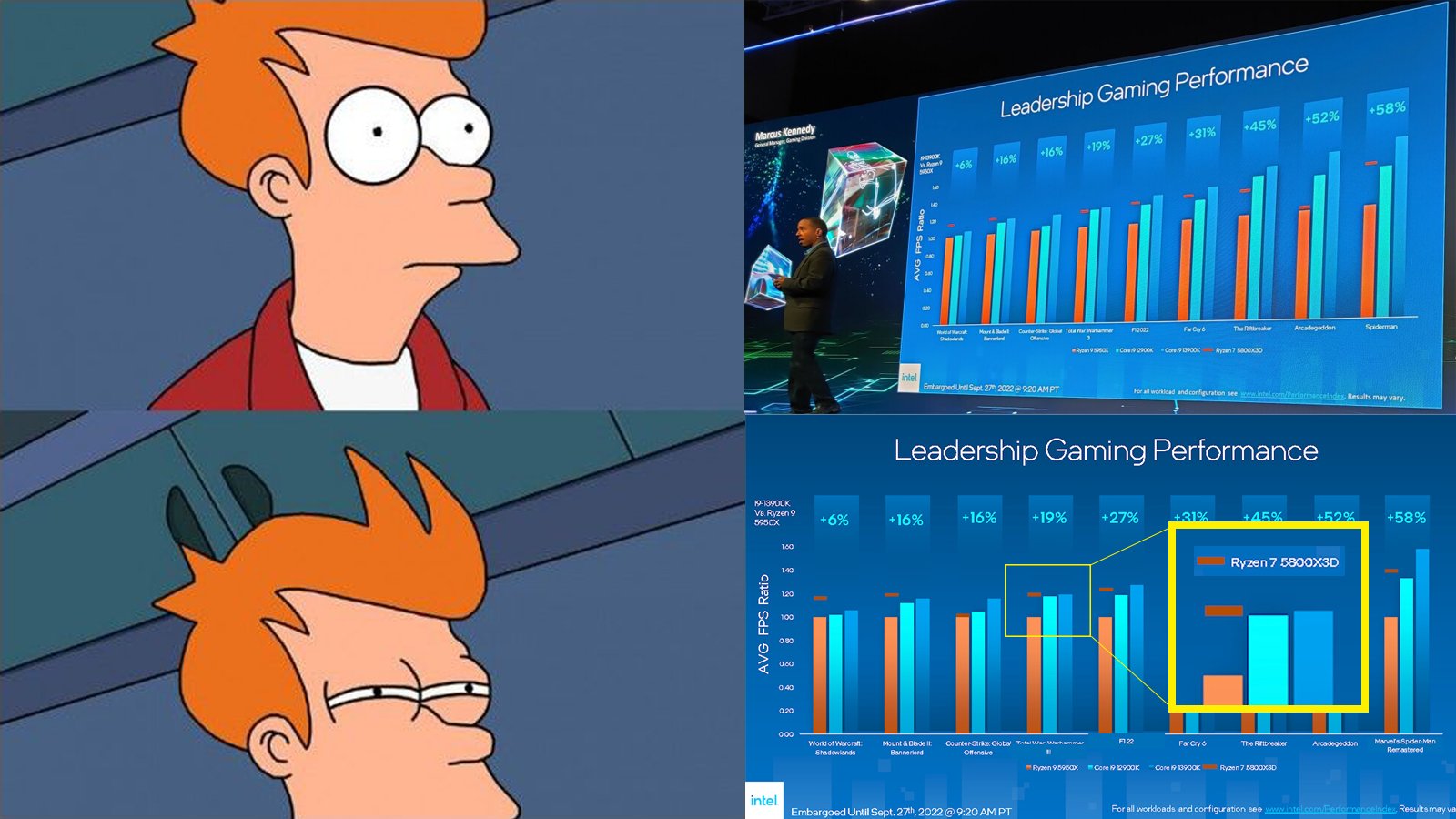Intel Core i9-13900K "Raptor Lake" Overclocked to 8 GHz Frequency with LN2
Intel Core i9-13900K "Raptor Lake" Overclocked to 8 GHz Frequency with LN2
With even higher frequencies to come, according to the unnamed overclocker. Could Intel take the clock speed crown away from AMD?
Source: Wccftech
Intel Core i9-13900K "Raptor Lake" Overclocked to 8 GHz Frequency with LN2
With even higher frequencies to come, according to the unnamed overclocker. Could Intel take the clock speed crown away from AMD?
It's been more than a decade since Intel achieved an overclocked frequency record beyond 8 GHz. The only Intel chips that show up in the 8 GHz+ lists at HWBOT are the old Celeron and Pentium 4 parts dating back to the early 2000s. However, Intel is going to change this next month with its 13th Generation Raptor Lake CPUs.
Currently, the highest frequency record still belongs to AMD's FX-8370 which sits at an insane 8.72 GHz. Intel's Celeron D352 takes up the fifth spot with an overclocked frequency of 8.61 GHz. So far, there have been no modern Core or Ryzen CPUs that have managed to break past the 8 GHz clock barrier. The Intel Core i9-10900K was the last modern chip to achieve a high clock rating of 7.7 GHz a few years back. Overclockers are now gearing up to once again achieve overclocks beyond 8 GHz with the Raptor Lake chips such as the Core i9-13900K.
We managed to secure an overclocked result of the Intel Core i9-13900K Raptor Lake CPU from an overclocker whose currently testing the chip on an unreleased Z790 motherboard. We can't say the name or model of the manufacturer or brand that the board is from but it is going to be a real high end variant. The overclocker stated that he was easily able to push the 13900K Raptor Lake up to 8 GHz using LN2 cooling and with a voltage of 1.792V.
Source: Wccftech
Last edited:





